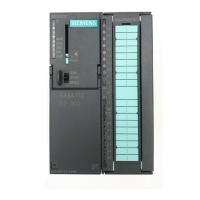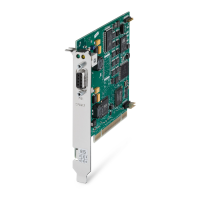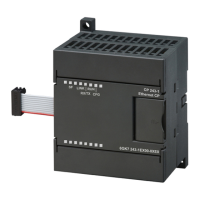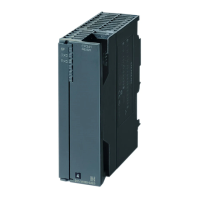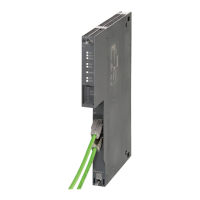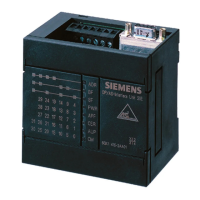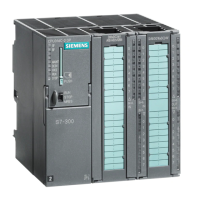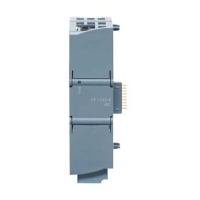Open Processor with Trane Driver Owner's Manual
3-2 Siemens Building Technologies, Inc.
Landis Division
O
OO
Ope
pepe
per
rr
ra
aa
at
tt
to
oo
or
r r
r I
II
In
nn
nt
tt
te
ee
erf
rfrf
rfac
acac
ace
ee
e
An operator issues commands or requests to the Open Processor using an operator terminal
and the
operator interface
. The operator interface is the software that allows the operator to
communicate interactively with the Open Processor.
The operator interface is described in detail in the
System 600 APOGEE
Field Panel User's
Manual
(125-3000). This manual is designed to help you become familiar with and use the
operator interface. It describes the functions necessary for everyday operation of your
system, plus the higher level functions for commanding, displaying, editing, scheduling,
networking, alarm management, and others.
For experienced users of the operator interface, the
System 600 APOGEE
Field Panel User's
Manual Quick Reference Guide
(125-3001) contains a listing of the operator interface prompt
strings and the keystrokes necessary to access the functions.
PP
PPPP
PPC
CC
CL
LL
L
The programming language used with the Open Processor is called
Powers Process Control
Language (PPCL)
. PPCL is a powerful programming language developed specifically for
controlling Heating, Ventilating, and Air Conditioning (HVAC) equipment.
The control configuration and control requirements of your system are customized into each
application by using PPCL. You can incorporate the following applications into the operation
of your system
x
Alarm Management
x
Auto-Dial/Dial-Up
x
Daylight Savings Time
x
Duty Cycling
x
Enthalpy and Dry Bulb Economizer Control
x
Field Panel/Equipment Controller Coordinator
x
Loop Tuning (future)
x
Peak Demand Limiting (PDL)
x
Start/Stop Time Optimization (SSTO)
x
Time-Of-Day (TOD) Scheduling
x
Trend Data Collection
The
Powers Process Control Language (PPCL) User's Manual
(125-1896) contains information
on designing, coding, and implementing PPCL programs. It lists and defines all PPCL control
commands, control applications, syntax, and functionality.

